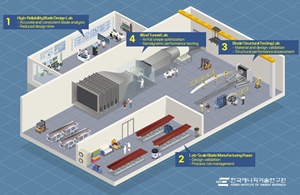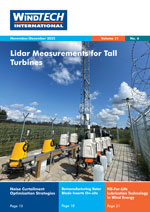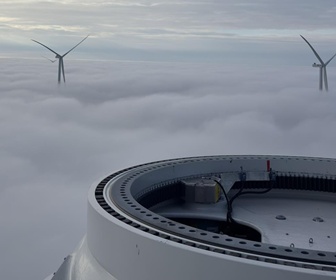 The Wind Energy Research Department at the Korea Institute of Energy Research (KIER), led by Director Cheol Yoo, has developed a design platform and supporting research infrastructure to enable domestic development of large wind turbine blades. As part of this effort, the team designed a 12MW-class blade, which has been verified by the international classification society DNV.
The Wind Energy Research Department at the Korea Institute of Energy Research (KIER), led by Director Cheol Yoo, has developed a design platform and supporting research infrastructure to enable domestic development of large wind turbine blades. As part of this effort, the team designed a 12MW-class blade, which has been verified by the international classification society DNV.
At present, Korea's localisation rate for core wind turbine components remains around 34%. In the case of turbines over 10MW—where blade design and manufacturing pose particular challenges—domestic capabilities are still limited, and reliance on imports continues.
To help close this gap, KIER developed KIER-BladeFORGE, a design platform tailored for large-scale wind turbine blades. Blade development requires both aerodynamic and structural considerations. Traditional sequential approaches, where aerodynamic optimisation is followed by structural design, can result in time-consuming rework and inefficiencies.
KIER’s team has introduced an integrated aero-structural design system that combines advanced optimisation algorithms and artificial intelligence techniques. This platform treats aerodynamic and structural variables simultaneously, improving modelling accuracy and design efficiency while significantly reducing development time.
By automating the blade design workflow, the KIER platform has reduced optimisation time by more than 50% compared to the conventional three- to four-week manual process. The system has also received Approval in Principle (AIP) from the Korean Register (KR), recognising its technical feasibility and sound engineering.
In parallel, KIER has established Korea’s first integrated research facility for wind blade design, fabrication, and structural testing. Located at the Jeju Global Research Center, the facility includes a design and analysis lab, wind tunnel, blade manufacturing space, and a structural testing lab, enabling performance evaluation using scaled models.
Using this infrastructure, the research team developed a 107-metre-long, 12MW-class blade—the first over 10MW designed with Korean technology to receive design verification from DNV. The facility is currently being used for collaborative research with external organisations, and will support further testing once regulatory and operational procedures are formalised.
This work was supported by the Korea Institute of Energy Research’s Basic Research Program.










